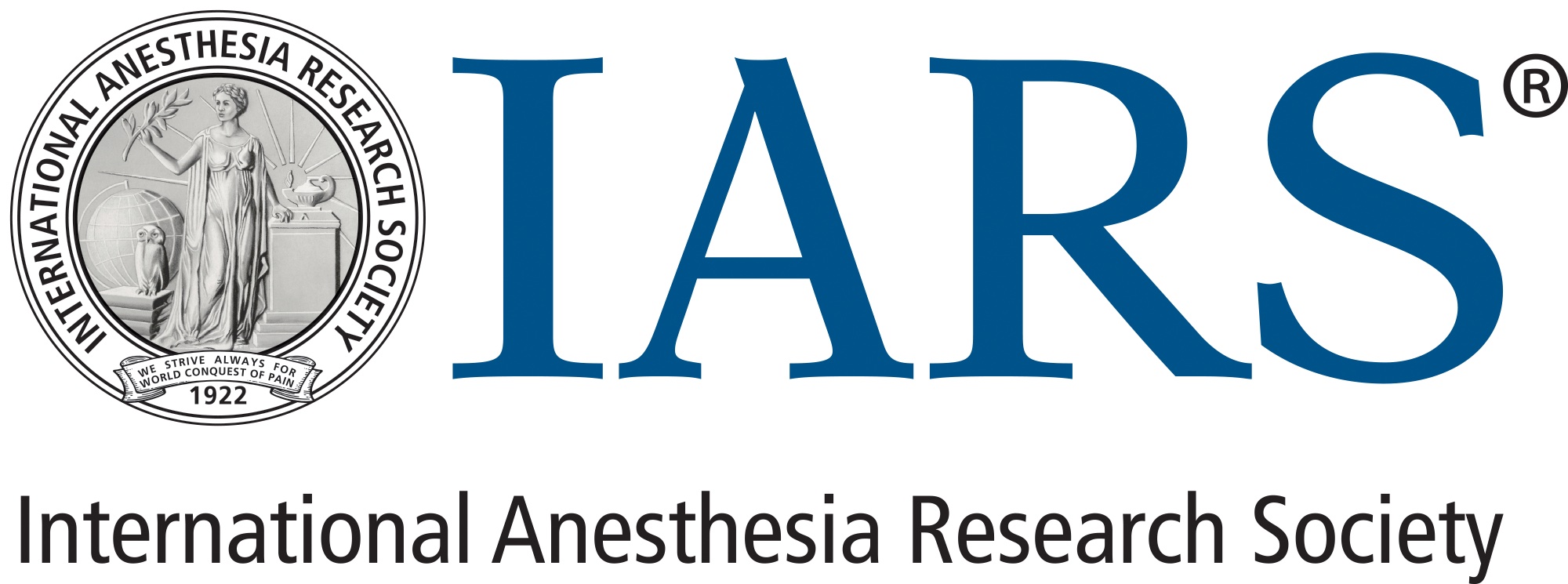Hocus POCUS: Changing Ultrasound Training for the Better
Young May Cha, MD, MS
The field of anesthesiology has always embraced technology and the advancements it brings. Point-of-care ultrasound (POCUS) has become an increasingly prevalent tool used by anesthesiology, critical care, emergency medicine, paramedics, and more. In this session on Saturday, March 22, at the 2025 Annual Meeting, presented by IARS and SOCCA, “Innovative Approaches to Point of Care Ultrasound Training,” moderated by John Mitchell, MD, Professor and Vice Chair of Anesthesiology at Michigan State University CHM, three panelists showcased the use of new curricula and technologies to facilitate ultrasound training for students and practicing anesthesiologists.
Nibras Bughrara, MD, FCCM, FASA, Associate Professor of Anesthesiology and Division Chief of Anesthesia Critical Care at Albany Medical College, has been teaching a modified cardiac ultrasound that uses a subcostal-only window (EASy exam) and has shown that it provides sufficiently accurate qualitative diagnostic information similar to a focused transthoracic echocardiography (FTTE), which evaluates the parasternal, apical, and subcostal windows. The simpler EASy exam can be effectively and quickly taught to trainees and students. The Society of Critical Care Anesthesiologists (SOCCA) has recommendations on the number of supervised exams needed for competency, but to personally supervise this number of exams for all residents requires a significant investment of time. Dr. Bughrara incorporated artificial intelligence (AI) to assist with the supervised scans. AI-powered interpretation and anatomical labeling helps trainees get high quality images and lowers the entry point for learning ultrasound. EASy phenotypes have also been coded into scripted algorithmic patterns. These picture cards help identify common conditions and list recommended interventions. This curriculum has been extended to medical students, surgeons, and was even used via tele-education in Libya.
Next, Santiago Uribe-Marquez, MD, Anesthesiologist at Henry Ford Health, discussed how to use Motion Augmented eXperience (MAX) feedback to enhance training for POCUS. Using motion metrics allows one to objectify progression of a complex task in trainees, validate their proficiency, and can help improve their efficiency in procedural tasks. Using optical and nonoptical motion tracking modalities, MAX motion tracking can measure path length, rotational motion, acceleration, and time to complete a task. This precise information allows the educator to identify the specific aspects of a trainee’s performance that require improvement. This information can also provide decay curves so the proficiency of the user can be evaluated over time to assess when a repeat course should be taken to improve their skills. This technology has also been integrated with augmented reality and virtual reality to assess a trainee’s POCUS skills. Simulated manikins can demonstrate organs inside the manikin to help train students and improve their ability to obtain high quality views.
These technologies provide exciting new avenues to improve education for POCUS, but how should the field of anesthesiology recognize and authenticate these skills? Robina Matyal, MD, Professor of Anaesthesia at Harvard Medical School and Beth Israel Deaconess Medical Center, focused her discussion on the pros and cons of using certification versus proficiency to assess POCUS. Technology is often introduced and established prior to official guidelines regarding its use. This has been seen with laparoscopic surgery and robotic surgery, for example. Surgery has used a “bottom up” approach and developed pathways and training programs to define the road to proficiency. For transesophageal echocardiography (TEE), there is a “top down” approach instead. A top down approach establishes expertise with a certification but does not reliably establish proficiency. Trainees and students are regularly taught POCUS, but practicing anesthesiologists have no formalized curriculum and there is significant variation in exposure to POCUS. How are practicing anesthesiologists to obtain proficiency with this important skill?
Beth Israel Deaconess Medical Center (BIDMC) drafted a curriculum for faculty, which provides online modules, tests to evaluate your skills, and a monthly journal with case-based scenarios. It also incorporates simulators and augmented reality HoloLens to train and maintain proficiency in POCUS. But a curriculum is only the start. There needs to be a path for quality assurance, billing, and credentialing. BIDMC uses Qpath, which is a cloud-based, HIPAA compliant, third-party software to store images and reports. This allows for quality assurance of exams and billing. Ideally, there should be a clear pathway to certification for POCUS. In the meanwhile, obtaining competence and proficiency allows for credentialing, which is a good start on this road.
International Anesthesia Research Society
